Anjali Bhimani, who recently appeared as the companion Yatzli in the RPG Avowed, is a longtime fan of Dungeons and Dragons and other tabletop role-playing games. She has played and run many adventures, both online and in person at conventions. Now, she is publishing her first Dungeons and Dragons adventure, The Malady of Minarrh, through her company, Road to Ithaka Press. She will also appear as “The Trickster” in the interactive Dungeons and Dragons Broadway play, The Twenty-Sided Tavern, from April 17 to April 22.
Game Rant recently spoke to Anjali Bhimani about her two upcoming Dungeons and Dragons-related adventures. Fresh off her appearance in Critical Role’s Avowed one-shot, she has announced the publication of Malady of Minarrh, an original adventure module played using 2024’s updated Dungeons and Dragons rules. She will also appear in The Twenty-Sided Tavern during its final month on Broadway before its closing and transition to a touring production. She is extremely excited about these adventures, as she loves sharing her passion for Dungeons and Dragons with the world. This transcript has been edited for clarity and brevity.

Related
Dungeons and Dragons’ New UA Artificer Subclass is a Far Cry From the Rest
Dungeons and Dragons’ UA Artificer subclass offers players new strategies and playstyles for the Artificer, opening doors for new builds.
Anjali Bhimani Will Play “The Trickster” In The Twenty-Sided Tavern On Broadway
Q: You will be playing “The Trickster” in The Twenty-Sided Tavern in April. How did you settle on that role? Is that something you chose, or was it chosen for you?
A: They encouraged me to play “The Warrior,” and I asked to play Trickster. It was personal preference. I always feel like the characters I play end up being very effective – they know what they’re doing, or at least they think they know what they’re doing. I have always wanted a chance to play a chaos agent. In this show, everyone is a chaos agent, but I don’t really get to play Trickster-type roles very often. I love the archetypes they have in the show for the different classes that operate with the Trickster. And also, I’m a lover, not a fighter. [Laughs]
Q: The Twenty-Sided Tavern uses a website where the audience can decide what players do onstage. Are you excited about the show’s audience participation aspect?
A: So much. The thing I love about games in general is the interactivity. I love conventions, I love TTRPGs, and I love the fact that you get to connect with your player audience which is also a factor of us having social media and being able to do stuff like that now and being able to connect with our communities.
I love improv. I did improv when I was in Chicago when I was at college. The very first show I did was the campus improv troupe. The Mee-ow Show, at Northwestern. It’s got a lot of notoriety. That’s very much definitely in my blood. I love the immediacy of having to think on your feet because you are connecting with your audience. It’s the same way I love stand-up and love improv comedy in general. Watching people’s virtuosity when they do that, it’s just so, “How did they make that happen?” If you stay open to playing the game of whatever that improvisational experience is, then it’s fun for all parties. I’m really excited about that.
Q: The Dungeon Master of The Twenty-Sided Tavern always weaves references to the guests and their previous work into the story. Do you have any thoughts about what they might come up with during your time as a guest?
A: Honestly, I have no idea, because the fact is, I do so many different things in different mediums. I don’t know where they’re gonna lean in. It’s not like the week when Neil [Newbon] was the guest, or when Dimension 20 was in Madison Square Garden because there were a lot of obvious references you could put in for those audiences. I have no idea what mine’s going to be, so I’m very excited.
I’m excited to start rehearsals because I genuinely don’t know. I understand the basic structure of the show, but it’s a “wham, bam, thank you, ma’am” very fast rehearsal process. So exciting. So much of it is us playing ourselves which is just like TTRPGs in general.
I love that cast. I got to meet them when I was out there [in New York], and they’re all just such lovely and open and fun human beings. Many of them, the ones who have my number, have reached out and been like, “I’m so glad you’re joining.” Which just makes you feel so good because you feel like “Okay, I know I’m safe. This is going to be a really fun group effort at purveying even more fun.” That’s my favorite thing about TTRPGs. It’s such a group activity. It’s such a shared joy. When one character rolls a natural 20, everyone rolls the natural 20. When someone rolls a natural 1, everyone jumps in to try to solve the situation. I’m just really excited to play with them.

Related
New Dimension 20 Season Brings Dungeons and Dragons to WWE
The new season of Dimension 20 is bringing a pro-wrestling-themed musclebound throwdown to the Dungeons and Dragons actual play series.
The Story, Characters, And Journey Of The Malady Of Minarrh
Q: You’ve got your first Dungeons and Dragons adventure coming out, The Malady of Minarrh. Could you talk about where the idea for the story first came from?
A: I wanted to write something akin to a lot of the classic adventures I remember from when I first started playing Dungeons and Dragons, but also had some elements of modern life in it, and even some social and personal struggles that we see in our modern age. I think that one of the things that makes science fiction and fantasy so powerful to me is that we can talk about our world today in a way that is reality-adjacent so that we can deal with issues and how we deal with issues in a way that isn’t just us being bombarded by news. We can deal with prejudice. We can talk about what happens when a theocracy goes wild and starts going off the deep end.
So much about Dungeons and Dragons is about struggles with being othered. So much about those adventures is about some outcast then becoming an adventurer, someone having that motivation. I really wanted to throw a lot of that in there. I also wanted there to be themes of love and faith versus blind faith. I just wanted to put all that in there.
I didn’t realize I was doing this until it was pointed out that I might need to put some trigger warnings in there, but I think I started to incorporate a lot of the horror elements of some of the games I have played in the last five or six years. I have had a chance to play games that weren’t Dungeons and Dragons and pull in some of that darkness. I think, as magical and fantastical and empowering as Dungeons and Dragons is, the danger and the darkness in the world that you are dealing with in these adventures—that, to me, is classic Dungeons and Dragons. That’s something that excites me.
If a red dragon wasn’t so powerful and so terrifying, it wouldn’t be exciting to defeat it, right? There has to be that element of otherworldly danger. There could be a total party kill, so I just wanted there to be all of that mashed into this tiny little adventure that we could drop into other people’s campaigns, or that people could play by itself.
My favorite part of Malady was that the primary antagonist wasn’t just some mindless evil, but a tragic and well-intentioned figure.
A: It’s always the well-intentioned, isn’t it? I feel like that’s something that we can all learn from. I’d never actually written an adventure in this format before. I’ve thought of things, but I certainly haven’t run very many. It was the LEGO one and The Puppy Roll. That’s what I got. And so, putting it into a structure that allowed for the Dungeon Master to elaborate, to change, and to make it entirely their own for their players, their party, was new and exciting for me.
I wanted enough structure and guidance for them to make those themes and that world vibrant and robust, but I also didn’t want to tell them too much about what to do. That’s the joy of running games: that you get to create a world for your players. It’s definitely been a challenge, but one of my favorite things in the world to do is things that are scary for the first time. [Laughs] I seem to do those a lot in the public arena.
Q: Are any of the characters in Malady inspired by characters you have played, whether in TTRPGs or otherwise?
A: Not really. When I build characters, whether I’m playing them or I’m writing them in fiction—whether I’ve been given a script or it’s a character in a TTRPG—one of the most important things, that both serves me as the creator and serves people when they’re taking in that character by watching it, is figuring out “What is a trait that this character believes is a good trait that is actually a flaw?” and “What is their internal struggle?” There’s got to be something that they are struggling against on the inside. Each one of those characters, for me, has that. I didn’t delineate it for the Dungeon Master, but, as I was creating them, I was definitely thinking, “This is their internal struggle.” It can change. It can change at any given moment.
That’s usually where I start when I’m building my own player characters. Not knowing any better, as the writer and DM, I think, “Okay, these are my player characters. My NPCs are my player characters.” I’m going to use that same set of guidelines of “What is their Achilles heel?” “What do they think is a great trait of theirs that is actually not serving them, because they’ve maybe taken it too far, or taken it too to heart?” “What is the thing that they’re struggling against in the outside world, and what is the thing that they are struggling against on the inside?” That’s more how I developed them.
I very much wanted to lean into diversity, not just for diversity’s sake, but in a way that very specifically fed the story and the journey that everybody was going through. We live in a world that is very diverse, whether people want to admit it or not. Whether people want to acknowledge it or not, when you look around the real world, everybody is a complex, unique combination of all the things that make them who they are. I wanted that to be experienced through these characters as well.
Q: What advice would you give to Dungeon Masters who will be running The Malady of Minarrh?
A: My first piece of advice is—and this is me as a beginner Dungeon Master speaking to other beginner Dungeon Masters—that these are guidelines. Everything is. You are the creator of this world. Once you take the adventure and put it in your hands, these are not rules. These are guidelines. If it doesn’t work for you, grab those 2024 core rule books and figure out something else that works for you, because it is your world.
Once you pick it up, and especially if you’re dropping it into your existing campaign, do whatever you need or want to do to make it something that fits there. Take these NPCs and have them be something that comes back if you want to. That’s why it’s there. It’s just there to be a guideline to open you up to this world.
There are no wrong answers. I guess that’s the easiest way to say it. There are really no wrong answers if you are being respectful and a purveyor of fun. That’s my favorite thing when I get to be Dungeon Master. I am here to ensure that everybody has a good time. I am the host of an incredible party, and all of my players get to come into my home and enjoy this experience. I want people to walk away feeling fuller. Even if it’s dramatic, even if you deal with difficult themes. I want everyone to feel safe and heard and like they had a great time.
Finally, you know your players. If you don’t, get to know them, and understand where their lines and veils are. Let them know, talk with them, and make sure that they are heard in that way so that you can adjust the game as you want. If you have players who love to get in there and do the nitty-gritty and the dark stories and the hard themes, go for it. If you have players who are not that way, adapt it for them.
A lot of times, we get intimidated by so many books. There are so many books, and there are so many rules, and you feel like you have to know them all. No, you don’t. Sorry, Wizards of the Coast. [Laughs] You should have the books, but you don’t have to know it all. It’s not dogmatic, right? It says in the book, they will say it all the time: the goal is for everyone to have a great time. So find out what that means to your players, and adjust the world, and adjust the adventures and encounters and all of it to suit them.
I have now run The Malady of Minarrh a few times, and, every single time, I have made major changes to adjust it for my players, for whoever happens to be there that night. I will say, one of the things that I’m very happy about is that it works with multiple groups. It works with people who are heavy on “I want to get into battle” and with people who are not so heavy on that and want to focus on the roleplay. I was very happy to see everybody having a great time, regardless of what kind of players they were.
Q: Are you excited to finally share your adventure with the public after working on it for so long?
A: I am. I absolutely am. I’m really excited for people to see the work of my collaborators too. Hannah Rose is an incredible editor and helped me understand how to take this story in my brain and bring it to life specifically as a Dungeons and Dragons adventure module. Julia Maddalina’s art is extraordinary, and so evocative. She takes the images that are in my head and just makes them in minutes. It’s amazing how she does that. She’s the same artist who did our art for The Puppy Roll. She’s just wildly talented.
So many people advised me on this who are in the Special Thanks [section], and I’m excited for them to see it. It’s like, “Thank you. Thank you for spending your time talking to me.” I’m excited for them to see what came of it. I hope that they are proud. I hope they get a chance to run it for their own players.
Then we’ll move on to the next first-time thing. I’m really excited for this to be something that my publishing company is stepping into as well. I started Road to Ithaka Press because I really do believe that the journey of a story is where the story is. It’s not about the ending, it’s about the journey to get there, which is what Road to Ithaka is all about. It’s a reference to the C. P. Cavafy poem, which is referencing The Odyssey. “As you set out for Ithaka, hope your road is a long one, full of adventure, full of discovery.” May your journey be long. May you relish it. May you enjoy all of these obstacles and all of these things that you’re experiencing.
I wanted to be there to publish both my own and other authors’ works that were epic sweeping and fantastic, whether science fiction or fantasy or historical fiction. Something that takes the reader on a tremendous journey. And what better journey to be epic than an adventure module, and hopefully an ongoing adventure book or a world-building book? I’m really excited to finally be dipping my toes into—and then eventually my whole feet into—creating worlds in this particular medium.
[END]

- Franchise
-
Dungeons & Dragons
- Original Release Date
-
1974
- Designer
-
E. Gary Gygax, Dave Arneson
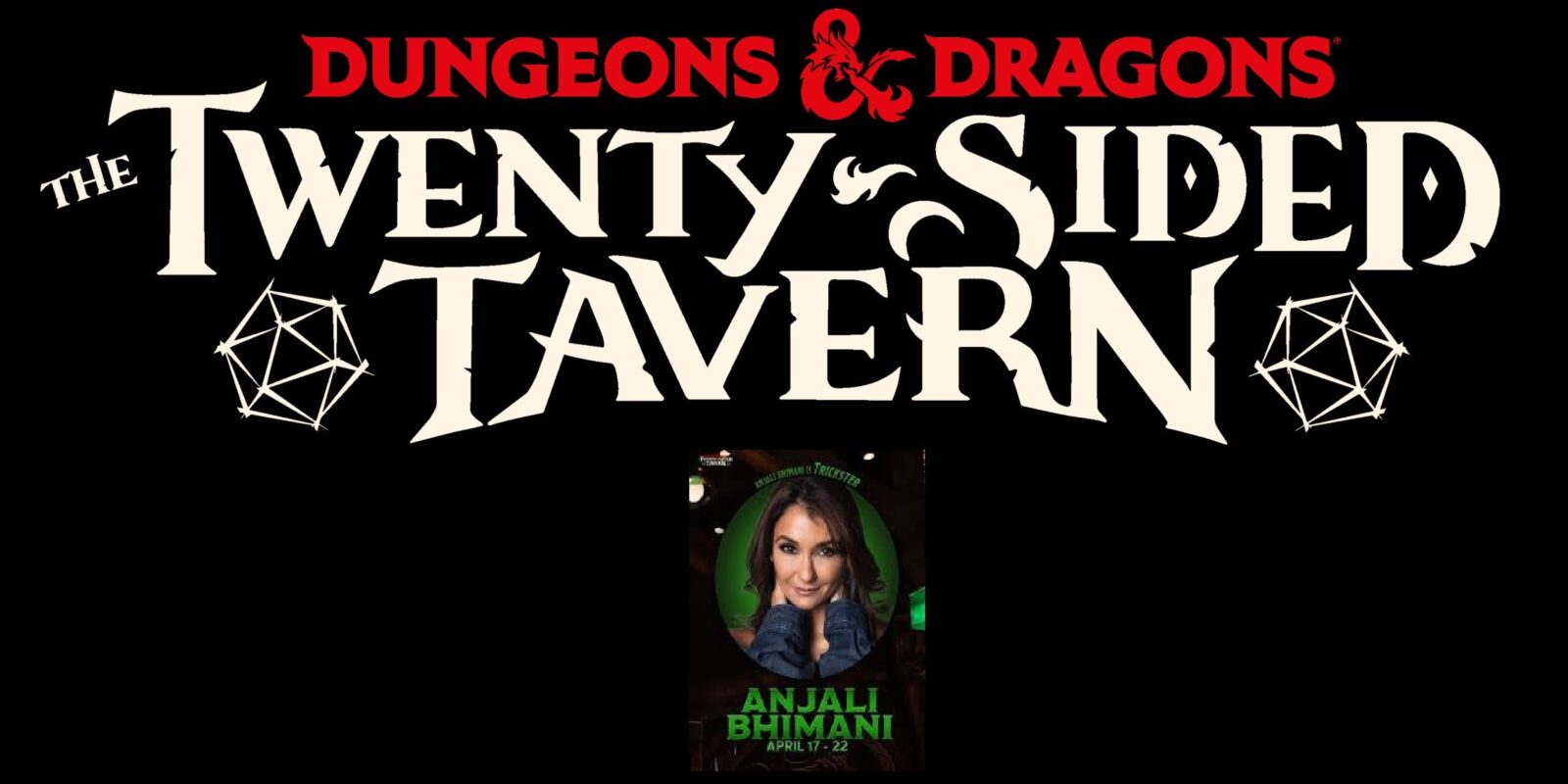
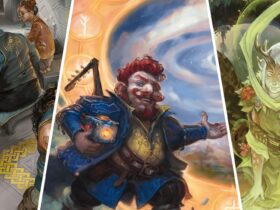

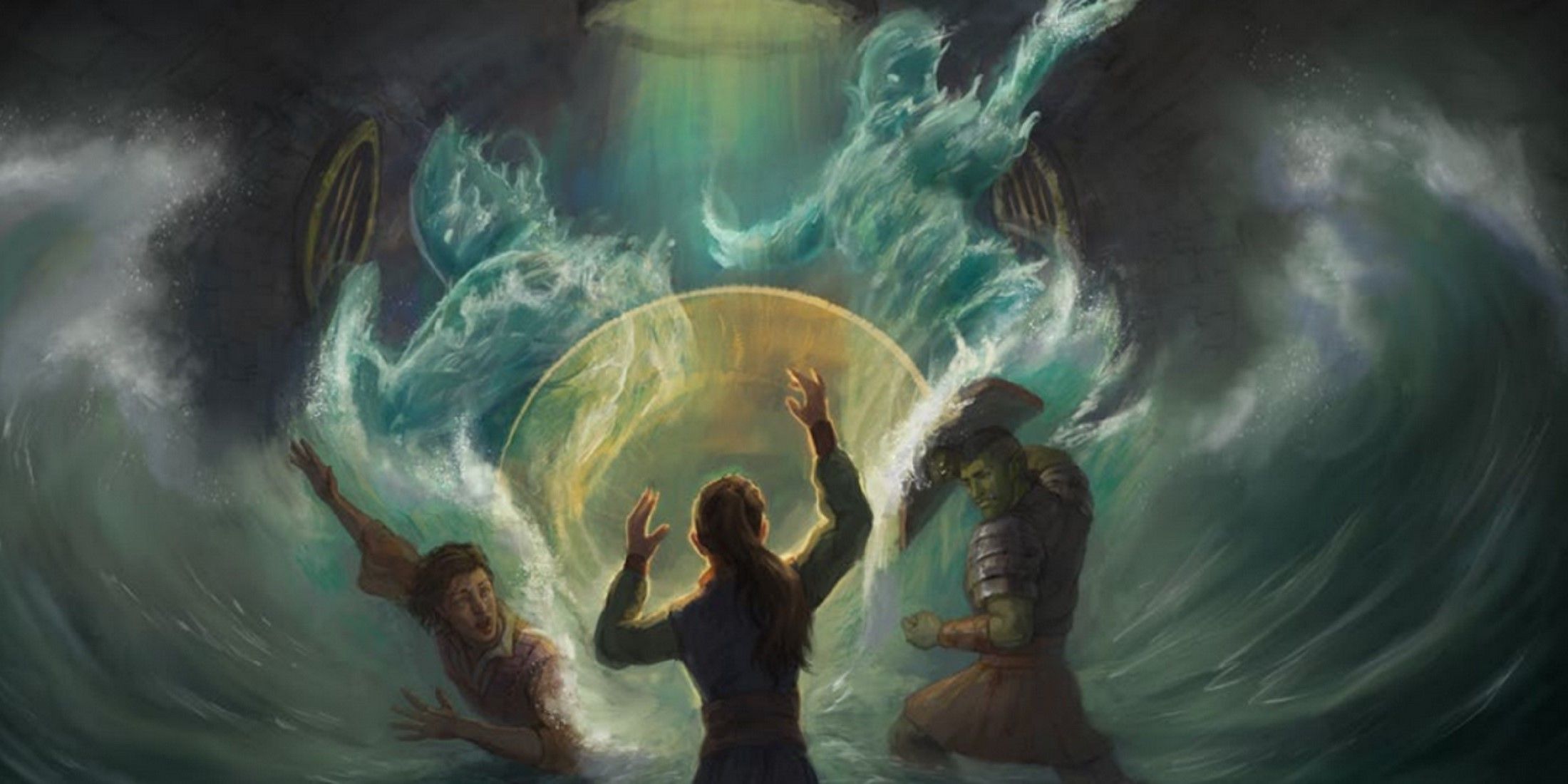
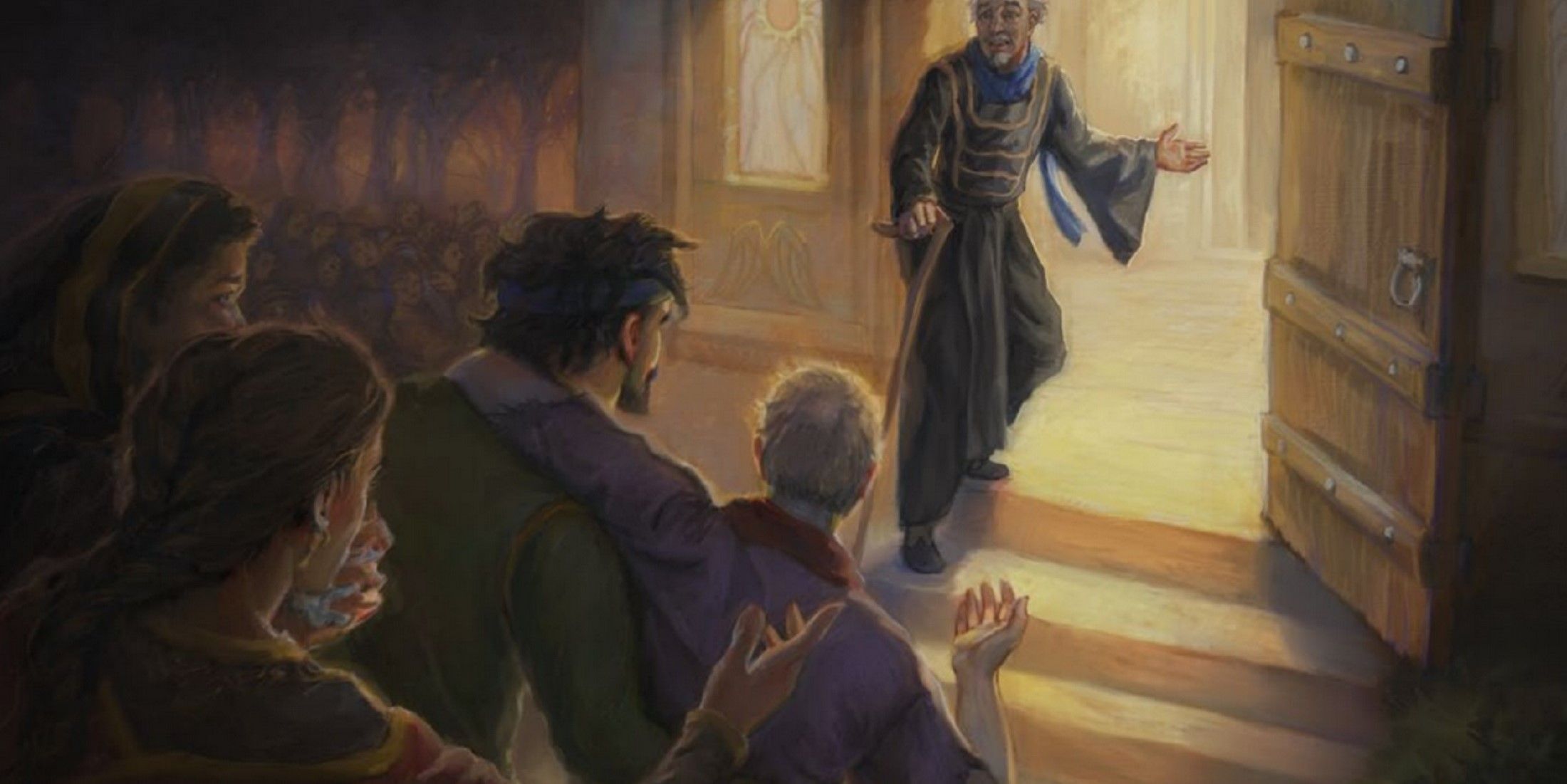
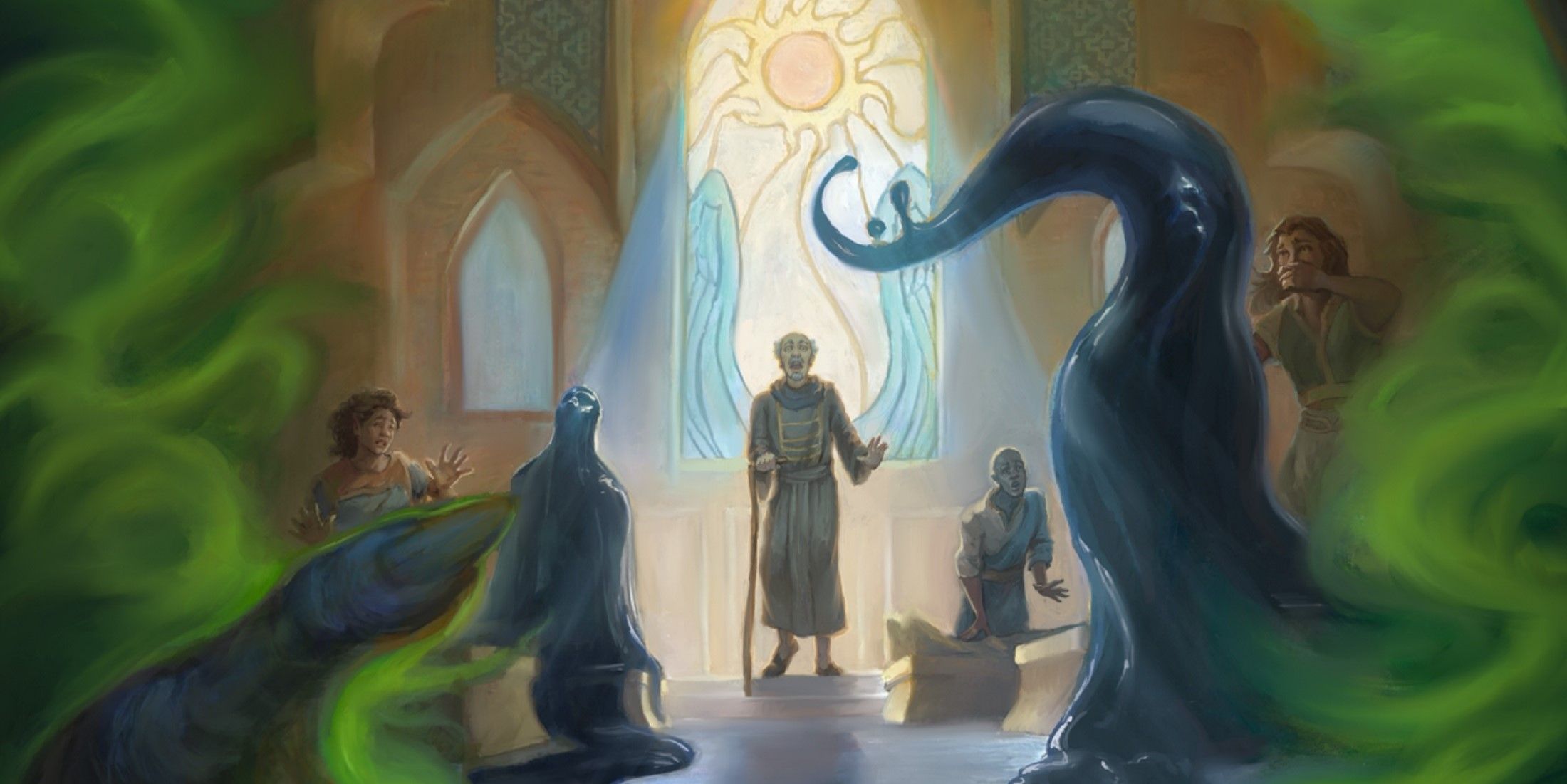

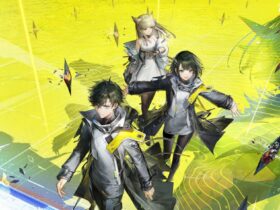


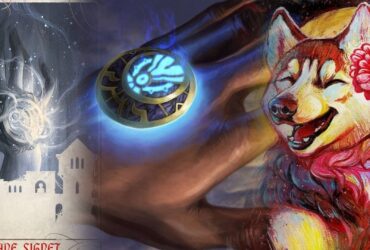

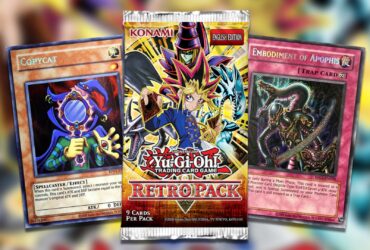
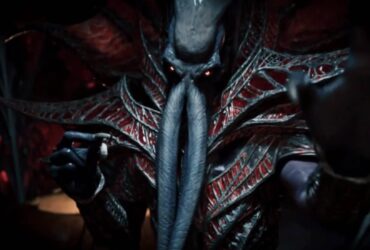

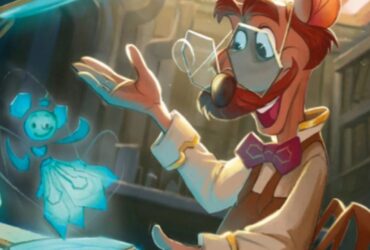
Leave a Reply